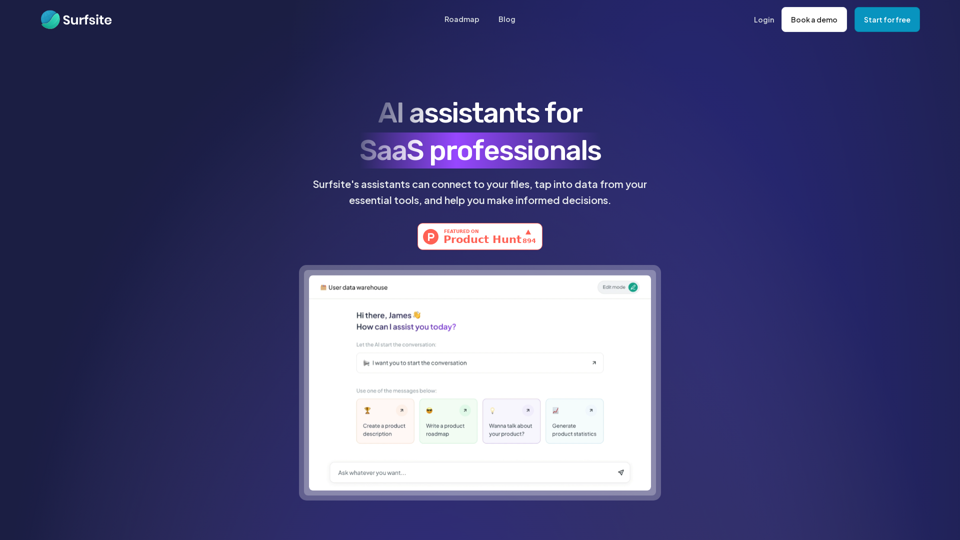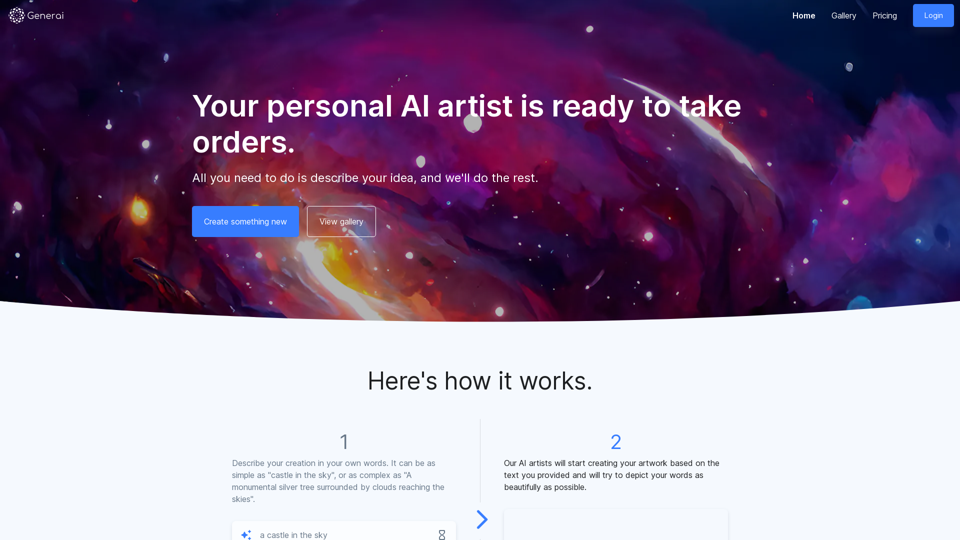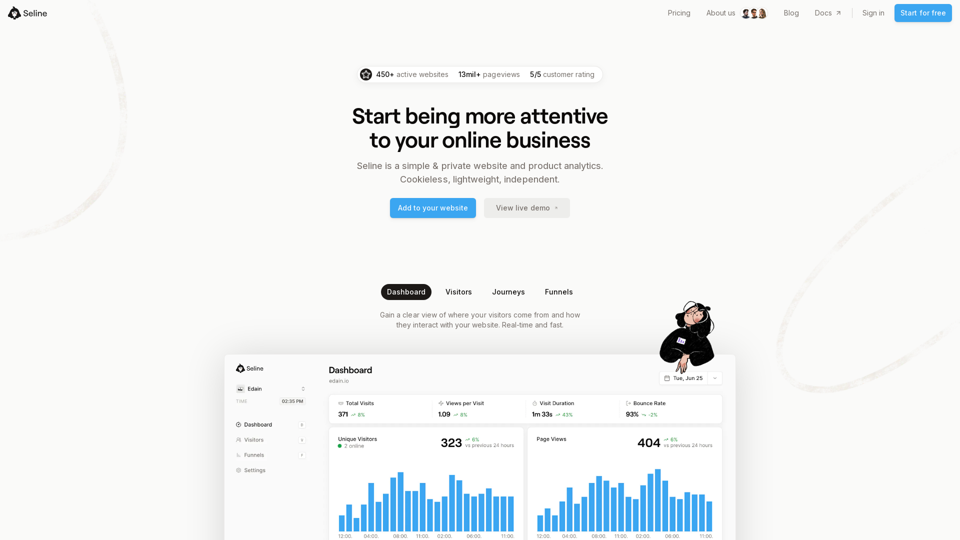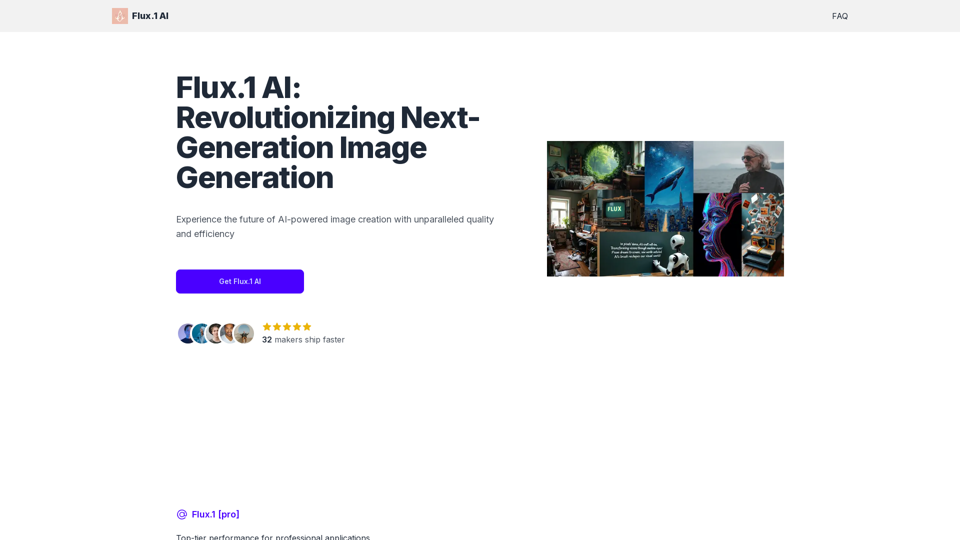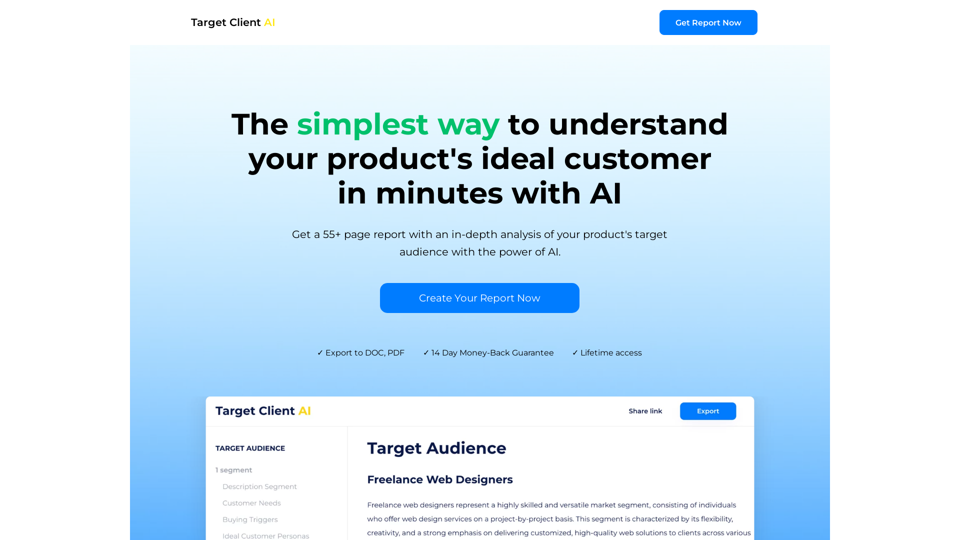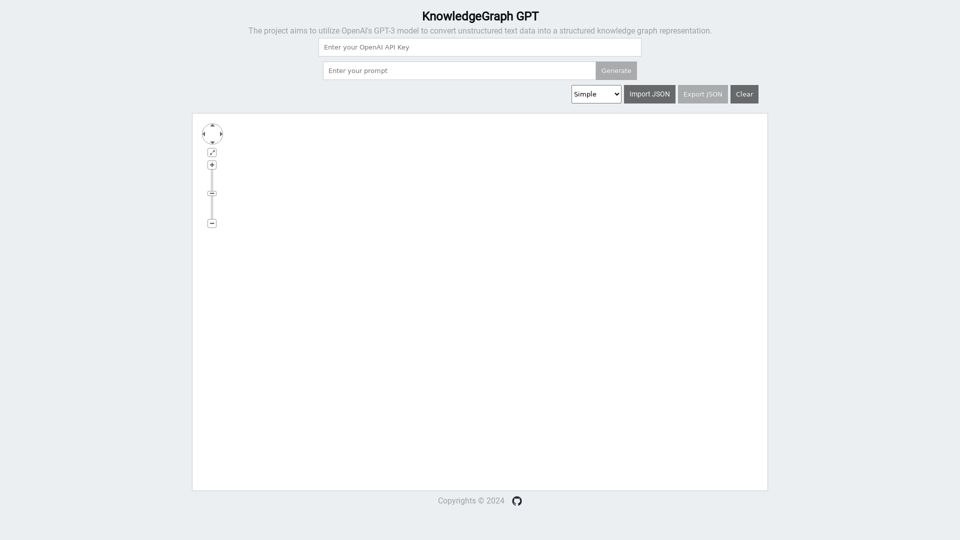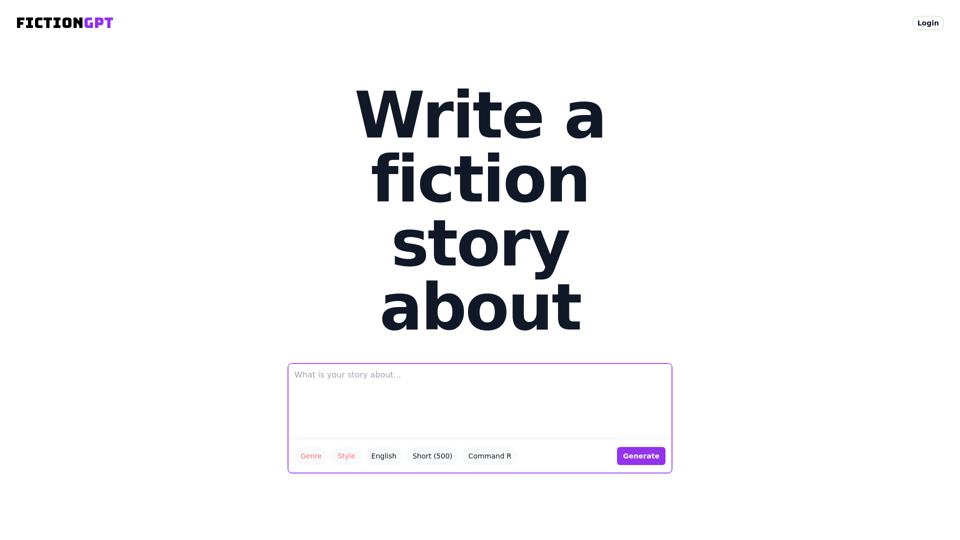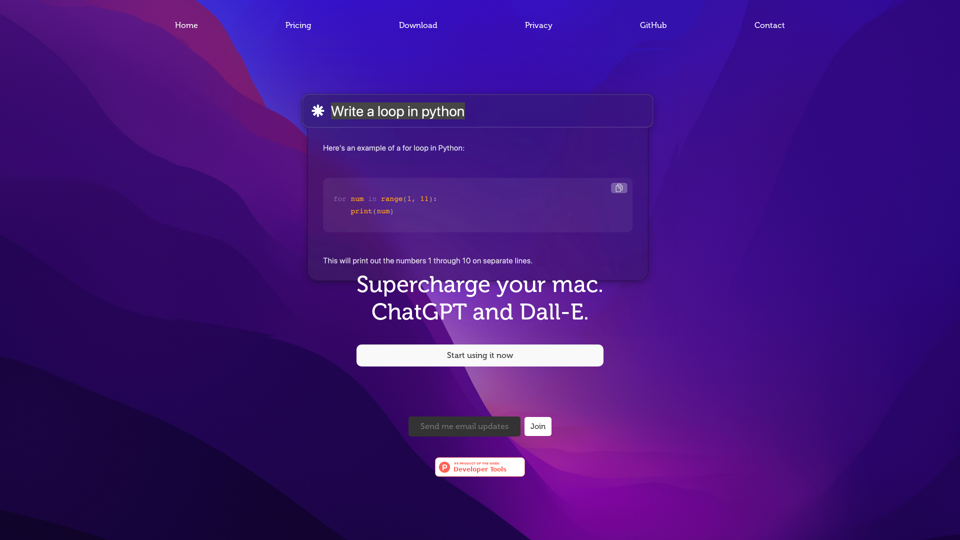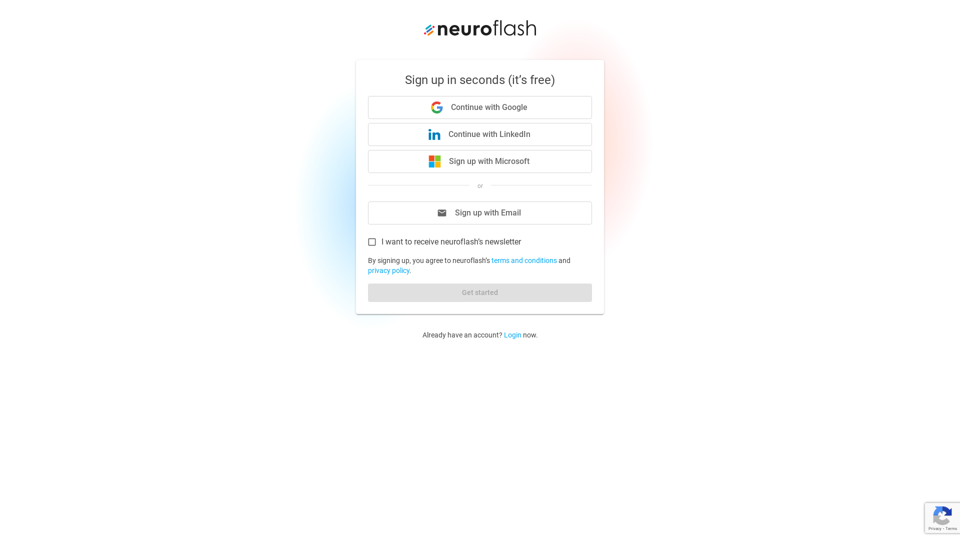What's Data Mining
Data mining is the process of using statistical analysis and machine learning to discover hidden patterns, correlations, and anomalies within large datasets. This technique aids in decision-making, predictive modeling, and understanding complex phenomena.
Key Steps in Data Mining
- Define Problem: Clearly outline the objectives and goals of your data mining project.
- Collect Data: Gather relevant data from various sources, ensuring accuracy and completeness.
- Prep Data: Clean and preprocess the data to ensure quality and suitability for analysis.
- Explore Data: Use descriptive statistics and visualization techniques to understand the data.
- Select Predictors: Identify the most informative features for the task.
- Select Model: Choose an appropriate model or algorithm based on the problem and data.
- Train Model: Train the model using the prepared dataset.
- Evaluate Model: Assess the model's performance and effectiveness.
- Deploy Model: Implement the model in a real-world environment for predictions or insights.
- Monitor & Maintain Model: Continuously monitor and update the model as needed.
Benefits of Data Mining
Data mining offers numerous advantages, including:
- Uncover Hidden Patterns: Discover valuable patterns and relationships within large datasets.
- Improve Decision-Making: Make informed decisions based on historical data analysis.
- Segment Customers and Personalize Experiences: Create targeted marketing campaigns and personalized recommendations.
- Detect Fraud and Assess Risks: Identify anomalous patterns for fraud prevention and risk assessment.
- Optimize Processes: Uncover inefficiencies and streamline operations to enhance efficiency.
- Enhance Customer Insights: Gain a deeper understanding of customer preferences and behaviors.
How to Use Data Mining
Data Mining Techniques
- Classification: Categorize data into predefined classes based on features.
- Regression: Predict numeric values based on input variables.
- Clustering: Group similar data instances based on intrinsic characteristics.
- Association Rule Mining: Discover relationships between items in transactional data.
- Anomaly Detection: Identify rare or unusual data instances that deviate from expected patterns.
- Time Series Analysis: Analyze and predict data points collected over time.
- Neural Networks: Use interconnected nodes to recognize patterns and perform tasks.
- Decision Trees: Use a tree-like structure to represent decisions and their consequences.
- Ensemble Methods: Combine multiple models to improve prediction accuracy.
- Text Mining: Extract insights from unstructured text data.
Applications of Data Mining
- Retail: Analyze purchase history for cross-selling opportunities.
- Healthcare: Predict disease outcomes and improve treatment plans.
- Financial Services: Detect fraudulent transactions and ensure transaction security.
- Marketing and CRM: Segment customers and personalize marketing campaigns.
- Social Media: Analyze data for customer sentiment and emerging trends.
- Manufacturing: Optimize processes and improve supply chain efficiency.
- Telecommunications: Analyze usage patterns and predict customer churn.
- Fraud Detection: Identify suspicious transactions and flag potential fraud cases.
Data mining is a powerful tool that provides valuable insights across various industries, enhancing decision-making and optimizing processes. By leveraging data mining techniques, organizations can uncover hidden patterns, improve customer experiences, and drive innovation.
